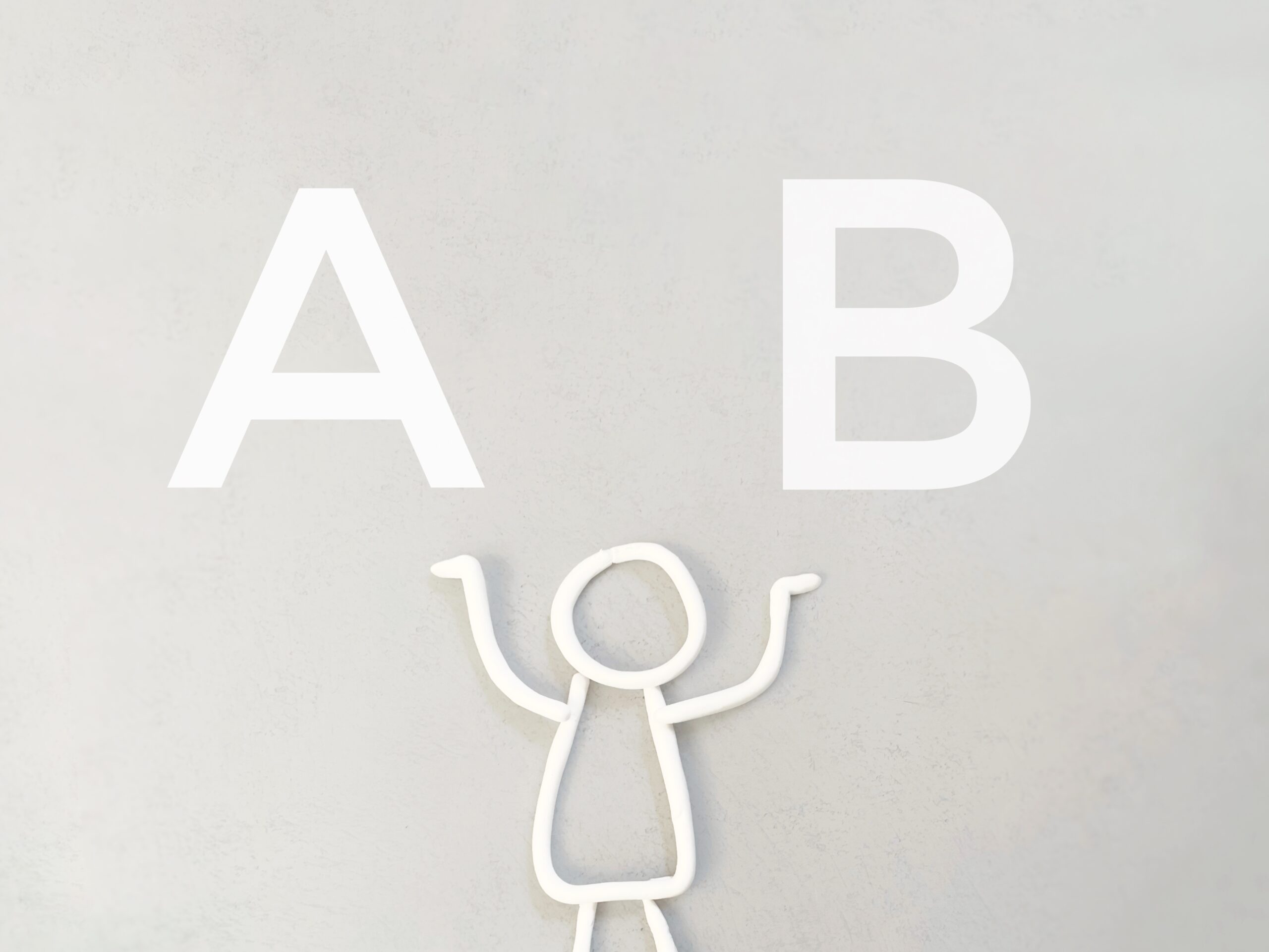AはBです / AはBじゃありません
Grammar meaning
When both A and B are nouns and their relationship is equal, we say “AはBです”
On the other hand, if A and B cannot be considered equal, we say “AはBじゃありません”
You could say this is the most basic sentence structure in Japanese grammar.
Example sentence
・わたし は 日本人です。:I am Japanese.
・今日 は 日よう日です。:Today is Sunday.
・あの人 は 友だちのお父さんじゃありません。:That person is not my friend’s father.
・わたしがほしかったもの は これじゃありません。:This is not what I wanted.

Additional notes
The “じゃ” in “AはBじゃありません” can sometimes be replaced with “では”.
Using “では” is a more polite expression, commonly used in formal situations, business settings, and writing. In everyday conversations, “じゃ” is generally sufficient.
Example
こちら は 社長の車ではありません。:This is not the president’s car.
When you add “か” at the end of “AはBです”, it becomes an interrogative sentence that asks about the relationship between A and B.
And when answering a question, add “Yes” for “はい” and “No” for “いいえ”.
Example
Q:あなた は いしゃですか。
A:はい、わたし は いしゃです。
A:いいえ、わたし は いしゃじゃありません。
Q: Are you a doctor?
A: Yes, I am a doctor.
A: No, I am not a doctor.

Conversation example
山田さん:はじめまして。わたしは山田です。
田中さん:はじめまして。
山田さんは学生ですか。
山田さん:はい、わたしは学生です。
田中さん:そうですか。
今日はえいごのクラスですか。
山田さん:いいえ、今日はえいごのクラスじゃありません。
Yamada: Nice to meet you. I am Yamada.
Tanaka: Nice to meet you.
Tanaka: Are you a student, Yamada-san?
Yamada: Yes, I am a student.
Tanaka: I see.
Tanaka: Is today the English class?
Yamada: No, today is not the English class.

For Japanese Teachers
The grammar in this article describes the relationship between two nouns.
While it explains whether they are equal or not, this explanation might cause confusion depending on the learner’s native language.
For example, when ordering food at a restaurant, Japanese people might say “私はカレーライスです”, but the expression “I am curry rice” would be hard for English-speaking learners to understand.
If you want to focus on teaching Japanese with an emphasis on real-life usage, you might explain such expressions. However, in that case, make sure to adjust the explanation to avoid any misunderstandings.
However, considering the Japanese proficiency level of learners studying this grammar, I personally believe that it’s safer to avoid potentially confusing usages and teach it in a simpler way.
Beginners in Japanese language learning tend to have high motivation, but the risk of dropping out is just as high. I believe it’s important to conduct lessons in a way that doesn’t hinder their sense of achievement, allowing them to feel that “I understand!” and stay engaged.



